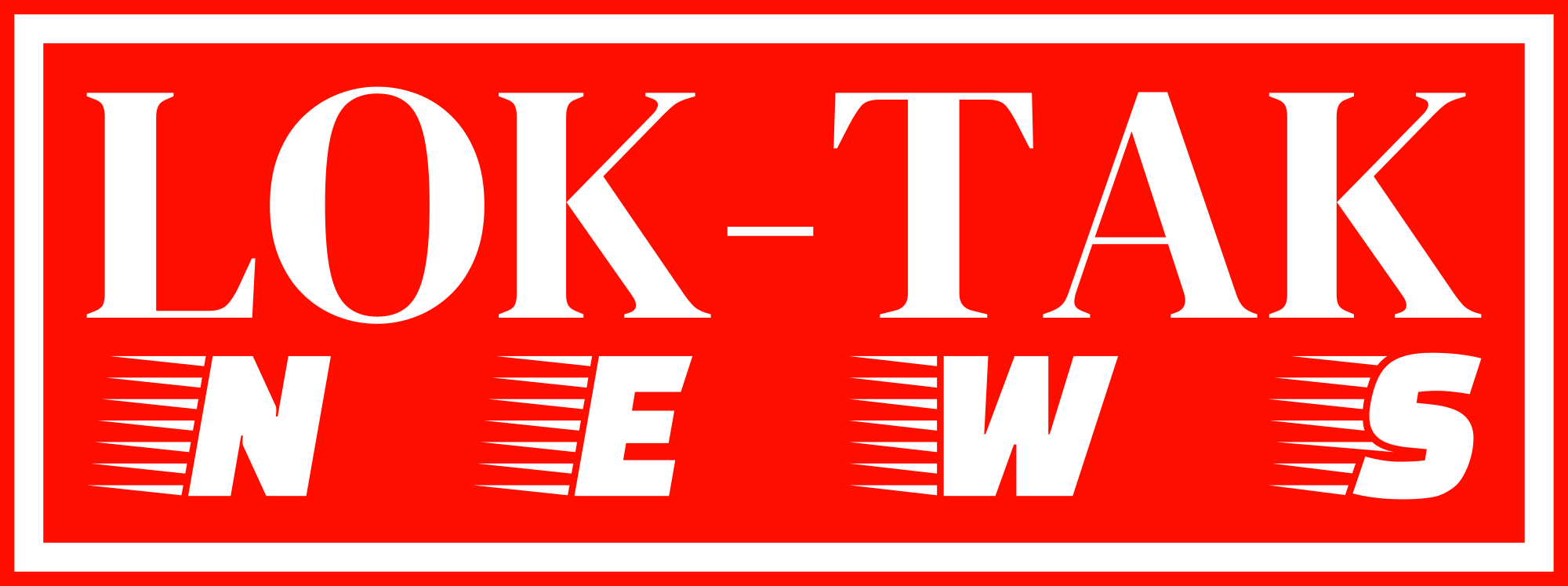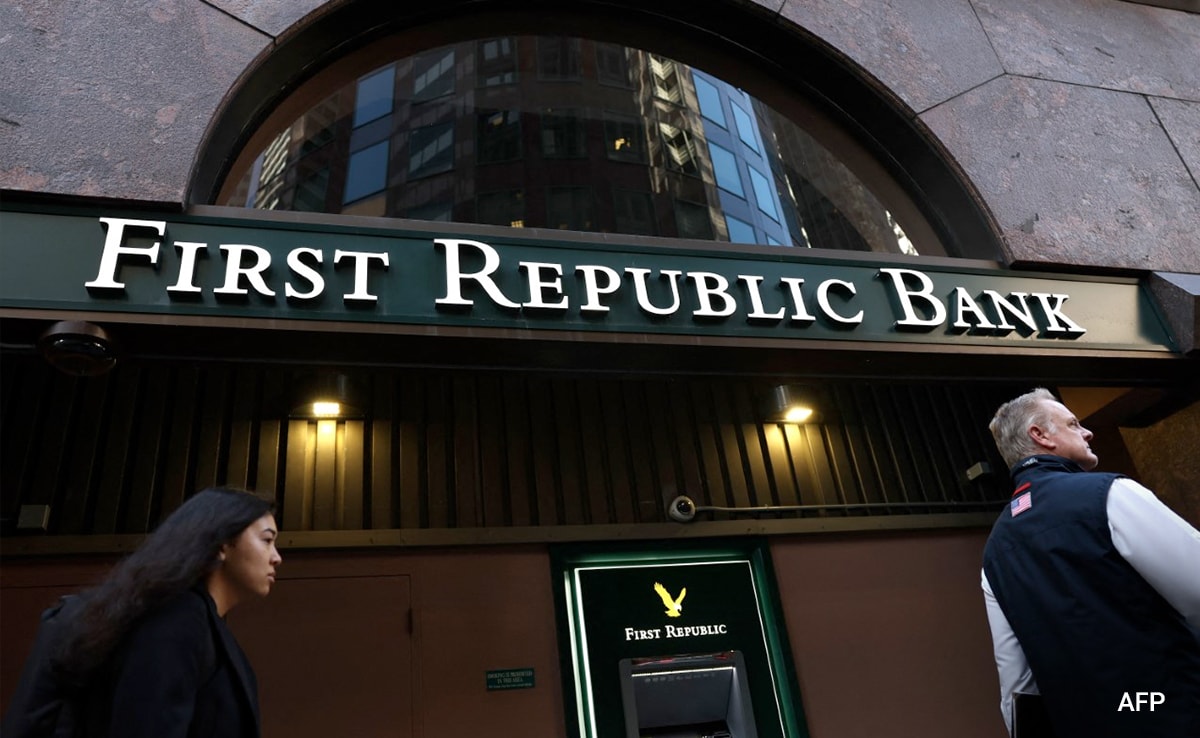First Republic Bank was seized by US regulators. (Representational)
First Republic Bank was taken over by regulators and will be acquired by JPMorgan Chase & Co. after rescue efforts failed to undo the damage from wrong-way investments and depositor runs that have roiled regional lenders.
JPMorgan will “assume all deposits, including all uninsured deposits, and substantially all assets” of First Republic, the California Department of Financial Protection and Innovation said in a statement.
The California regulator appointed the Federal Deposit Insurance Corp. as receiver of the San Francisco-based bank. “Deposits are federally insured by the FDIC subject to applicable limits,” the DFPI said in its statement.
The transaction makes JPMorgan, the nation’s largest bank, even more massive – an outcome government officials have taken pains to avoid in the past. Because of US regulatory restrictions, JPMorgan’s size and its existing share of the US deposit base would prevent it under normal circumstances from expanding its deposit base further. And prominent Democratic lawmakers and the Biden administration have chafed at consolidation in the financial industry and other sectors.
Another wrinkle: JPMorgan was a key player throughout First Republic’s struggles. The bank advised its smaller rival in its attempt to find strategic alternatives, and Chief Executive Officer Jamie Dimon was key in marshaling bank executives to inject $30 billion in deposits into First Republic to shore up its finances amid heavy withdrawals in March.
First Republic specializes in private banking that caters to wealthier people, much like Silicon Valley Bank, which failed in March, focused on venture capital firms. Chairman Jim Herbert started the lender in 1985 with fewer than 10 people, according to a First Republic history. By July 2020, the bank said it ranked as the 14th-largest in the US, with 80 offices in seven states. It employed more than 7,200 people at the end of last year.
Like other regional lenders, First Republic found itself squeezed as the Federal Reserve jacked up interest rates to fight inflation, which hurt the value of bonds and loans the bank bought when rates were low. Meanwhile depositors fled, partly in search of better returns and then in fear as worries spread about First Republic’s health.
The result was a capital hole big enough to deter a full-scale rescuer from stepping forward. A fresh round of concern was set off in April by the bank’s first-quarter report and news of its attempt to sell assets and engineer a rescue. The bank said it would cut as much as 25% of its staff, lower outstanding loans and curb non-essential activities.
Eleven US banks had tried to keep First Republic afloat by pledging $30 billion of fresh deposits on March 16, with JPMorgan, Bank of America Corp., Citigroup Inc. and Wells Fargo & Co. pitching in $5 billion each. Goldman Sachs Group Inc. and Morgan Stanley and other banks offered smaller amounts as part of a plan devised along with US regulators. On top of that, First Republic tapped the Federal Home Loan Bank Board and a Federal Reserve liquidity line.
It wasn’t enough. The stock, which topped $170 in March 2022, sank below $5 by late April. First Republic’s demise would imperil not only common share owners, but also about $3.6 billion of preferred shares and $800 million of unsecured notes.
The bank has been bought and sold several times over the years, with Merrill Lynch & Co. paying $1.8 billion to acquire First Republic in 2007. Ownership passed to Bank of America when it bought Merrill Lynch in 2009, and changed hands again in mid-2010, when investment firms including General Atlantic and Colony Capital purchased First Republic for $1.86 billion and then took it public.
(Except for the headline, this story has not been edited by NDTV staff and is published from a syndicated feed.)


